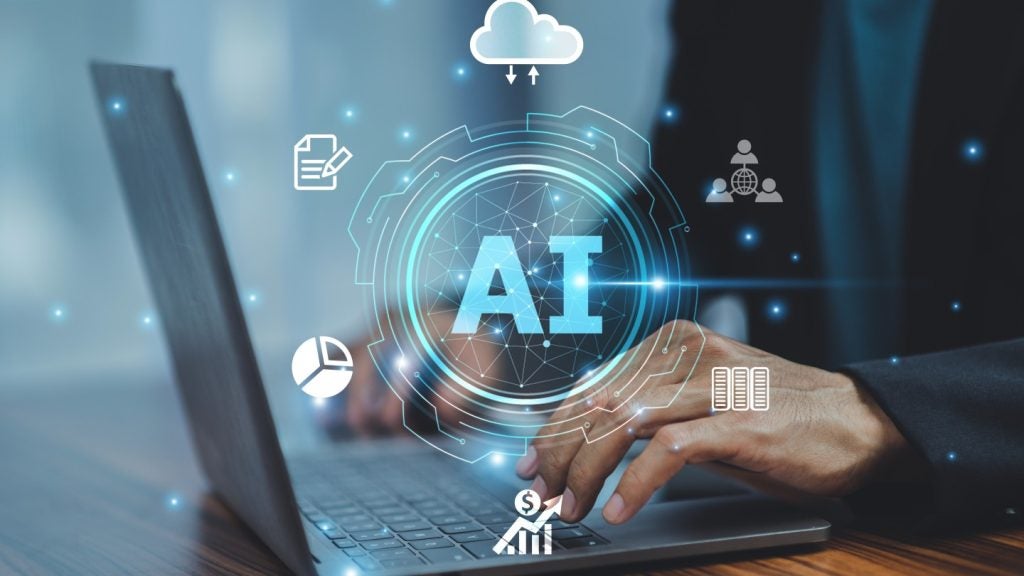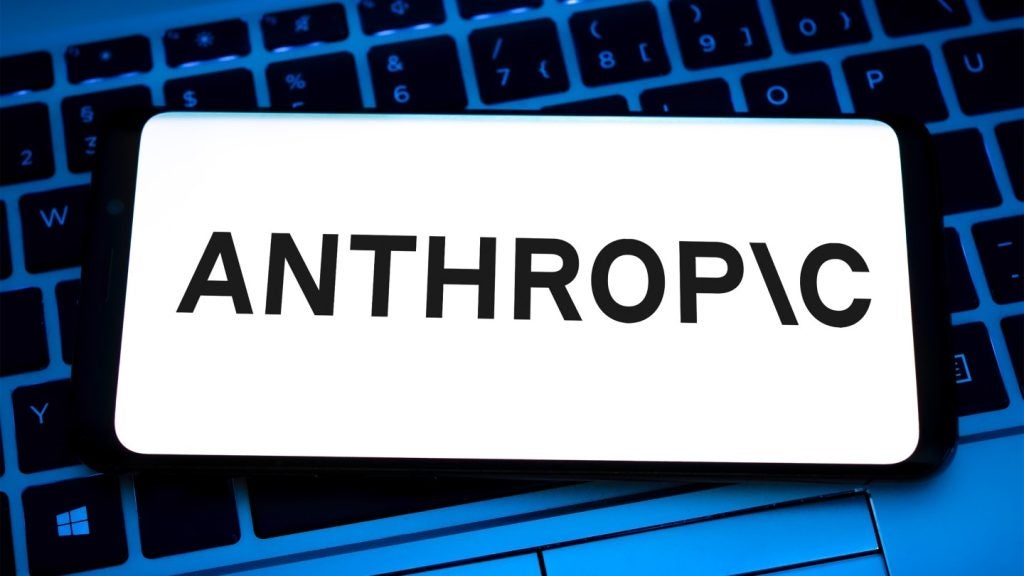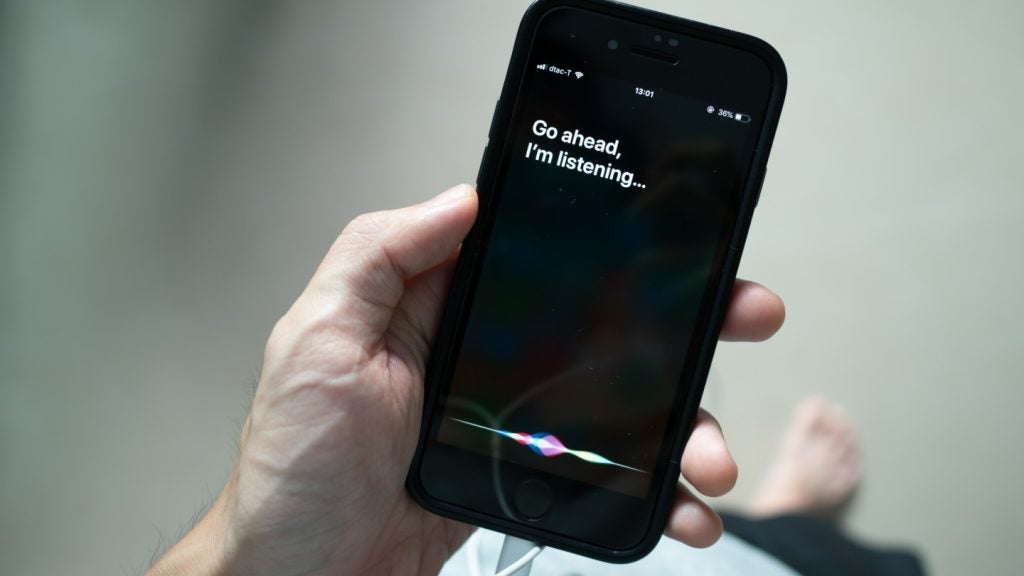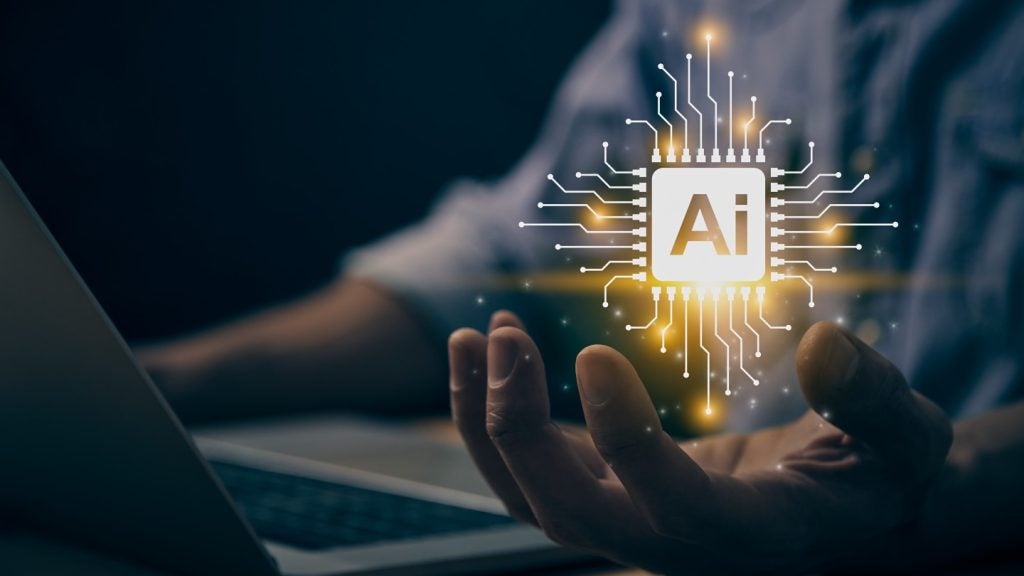
For hundreds of years, the key drivers of progress in healthcare were biology and chemistry. Now, they are data science and software. Organisations are utilising Internet of Things (IoT) technologies to access real-time data and gain visibility into their operations. So what is medtech in business and what are the main themes?
The six key technology categories are genomics, which is a branch of biotech, mobile health, health IT systems, robotics, virtual reality, and 3D Printing.
Why does medtech matter for business?
There has been a surge of interest in whether or not better technology might extract greater efficiency gains. Thus far, the global healthcare industry, especially the US healthcare industry, has been slow to modernise due to the fact that the industry is complex, risk-averse, and highly regulated.
The global healthcare market is currently worth approximately $8tn and is growing annually by 4% per annum. At over $10,000 per capita, US healthcare spending is 30% higher than the world’s second highest spender Switzerland and approximately 6.5 times higher than levels in China. Because of this higher spending, the implication is that the US healthcare sector is wasteful.
What are the big themes in medtech?
Internet of Medical Things
The IoT is transforming the healthcare industry at a rapid pace. IoT has the potential to enhance almost all aspects of the healthcare industry, ranging from clinical trials, drug disclosure, manufacturing, and supply chain to remote patient monitoring and access. IoT can unlock nearly unlimited possibilities for healthcare enterprises, from possessing the ability to perceive an issue before it occurs and remotely fixing a device, to sending a substitution prior to a malfunction arising. Healthcare organisations are embracing IoT innovations in their manufacturing plants to enhance and improve the efficiency of their machines and procedures. Organisations utilise IoT technologies to access real-time data and gain visibility into their operations throughout the manufacturing value chain. IoT empowers quicker, seamless information collection from several touchpoints in a manufacturing plant, as required by the Food and Drug Administration’s (FDA) continuous process verification. IoT advances help accomplish standardisation, reduce cycle time, and manage data integrity inside manufacturing plants, subsequently facilitating the process of continuous manufacturing for healthcare organisations.
Precision medicine/genomics
Until recently, genetic profiling technology had been too costly to conduct outside of research laboratories. In 2017, Illumina achieved its goal of bringing the cost of generating a high-quality “draft” human genome sequence below $1,000, down from $4,000 in mid-2015. It is continuing to drive this price decline, with the goal of dropping the price to $100 in the coming years. This is a major component to growth in this area. However, the current cost of analysis is estimated to be over $35,000 per patient. If the cost of this analysis is not decreased as well, genetic profiling is likely to grow significantly but not become ubiquitous. This technology will play a major role in delivering precision medicine—medical decisions, practices, and products being tailored to the individual patient.
How well do you really know your competitors?
Access the most comprehensive Company Profiles on the market, powered by GlobalData. Save hours of research. Gain competitive edge.

Thank you!
Your download email will arrive shortly
Not ready to buy yet? Download a free sample
We are confident about the unique quality of our Company Profiles. However, we want you to make the most beneficial decision for your business, so we offer a free sample that you can download by submitting the below form
By GlobalDataBiosensors
By the end of the decade, biosensors will likely be ubiquitous. Connected biosensors, whether wearable, embedded, or ingested, could profile and monitor an individual’s physicochemical make-up and help precision target drug treatments. Currently, the most common biosensors are electrochemical, followed by optical, piezoelectric, nanomechanical, and thermal. Wearable biosensors are expected to dominate the market, led by glucose monitoring, cardiac markers, infectious diseases, coagulation monitoring, pregnancy and fertility testing, blood gas and electrolytes, cancer markers, urinalysis testing, and cholesterol tests.
Remote patient monitoring
In the past, patients could suffer long stays in the hospital while being monitored. Once home, they might need to visit clinicians regularly for check-ups. Alternatively, care workers could be sent to a patient’s home to monitor their progress at great cost to a health service. Now, remote patient monitoring devices are able to dramatically reduce patient monitoring costs while making the recovery process less intrusive for the patient and providing clinicians with more accurate and timely monitoring results.
Electronic medical records/big data
As more sensors track human bodies around the world, the business of maintaining electronic medical record (EMR) systems becomes more complex because the volume, veracity, and velocity of data is overwhelming for traditional relational databases.
Virtual reality/augmented reality
Because healthcare is very complex and has a low margin for error, virtual reality (VR) and augmented reality (AR) have been adopted at a slower pace compared to other technologies. However, recently, VR and AR have been increasingly used in medical training, medical analysis, and surgical support as aids to improve treatment and answer patient queries. AR can be used to assist radiologists review patient scans to see issues that would not have been caught by the human eye alone, to build 3D renderings of patients in order to create previously unavailable views, and to view patient organs without the use of magnetic resonance imaging (MRI) or X-rays, which can help physicians access the patient with minimal excisions.
Blockchain
Originally developed for cryptocurrency, blockchain is a digital ledger on which authorised parties can log transactions. It is expected to be used in healthcare to create a secure, decentralised ledger of healthcare data that can be accessed across many computers. Key areas where blockchain can disrupt the industry include clinical trials, patient records, medical billing, and hospital payments and inventory management.
Wearables
The market for wearables has been growing significantly in the retail market over the past several years, and is in the middle of a period of technological advancement in the healthcare industry. This advancement is based around giving patients the power to track their health at home though things like wearables, biometric clothing, e-skin, and biosensors. Currently the largest market is activity monitors, and is being driven by the sports and fitness segment. This is expected to continue for the foreseeable future until the rest of the market catches up. When devices that can be prescribed by prescriptions come to market, they will have associated high costs. Another market driver is insurance companies, which may force device adoption by seeking to reduce readmission rates and declining outcomes, therefore pushing a need for continuous monitoring in the home environment of a variety of parameters post discharge.
AI
The use of artificial intelligence (AI) in healthcare, especially machine learning, is growing significantly. The growth of The Internet of Medical Things is generating a massive volume of real-time data. Until now, this data was not being fully utilised. This is especially true when considering the data that can now be mined from patient records, which can be used to design treatment plans, create drugs, or improve clinical trial outcomes. AI has been used in the past year to predict which drugs can be used to treat diseases in novel ways, and to create the treatment plan that will improve patient outcomes beyond the pill. On the medical side, AI is being used to improve diagnoses through medical diagnoses apps, which have seen promise when sourcing the global experts of a specific disease. As more patient data is provided to outside companies for analysis, there will be a need for additional security to protect individual patients’ rights. This became evident this past year when Google’s DeepMind, an AI company that has a contract with Britain’s National Health Service (NHS) that gave it permission to analyse data from 1.6 million British patients, was found to have broken UK privacy law when a hospital sent the company patient records that should not have been provided.
Cybersecurity
With the emergence of The Internet of Medical Things, the industry is more vulnerable than ever to data breach and sabotage due to the ubiquity of network-connected devices, including vulnerable devices such as pacemakers and insulin pumps, and moves by the IT health major players that are seeking to develop fully managed private cloud services. Given patients’ strong expectations of privacy in their medical affairs, cybersecurity in healthcare is a highly sensitive issue. In 2017, 5.6 million medical records were breached, most likely due to human error or people inappropriately accessing patient records.
3D printing
3D printing has vast potential to disrupt the healthcare space. This is especially evident in the MedTech space where new innovations like a 3D visual analysis of the brain, a 3D-printed liver tissue, and a 3D printing service for medical device testing are changing the way that product creation, testing, and quality control are being done. Because of the high value and viability of this technology, it is expected that many new companies and new uses for this technology will become evident in the coming years. The next stage is likely to focus on more personal treatments such as printing custom pharmaceuticals at low cost, or printing custom organs and medical devices tailored to patients at their bedside to be implanted with minimal failure rates.
Robots
Surgical robots automate all or part of the process of medical surgery.
Care robots could soon displace the more expensive health workers in caring for chronically ill patients and the elderly. Billions of dollars are spent to care for the elderly, which makes this market ripe for innovation. Another expected use is for care robots is to assist nurses with the multitude of tasks that they perform on an hourly basis. Many of these tasks are simple but very valuable, such as taking blood, taking temperature, or improving patient hygiene. Nurses have many valuable tasks that are required of them each day, and if robots can help with the simple repetitive tasks, this can give nurses more time to focus on additional things like patient care and treatment.
Hospital robots have been designed to disinfect hospital devices and equipment to assist with the major problem in hospitals of hospital-acquired infections, which can be particularly difficult to eliminate. They are so much of a problem that it is one of the leading causes of death in the US.
This article was produced in association with GlobalData Thematic research. More details here about how to access in-depth reports and detailed thematic scorecard rankings.







